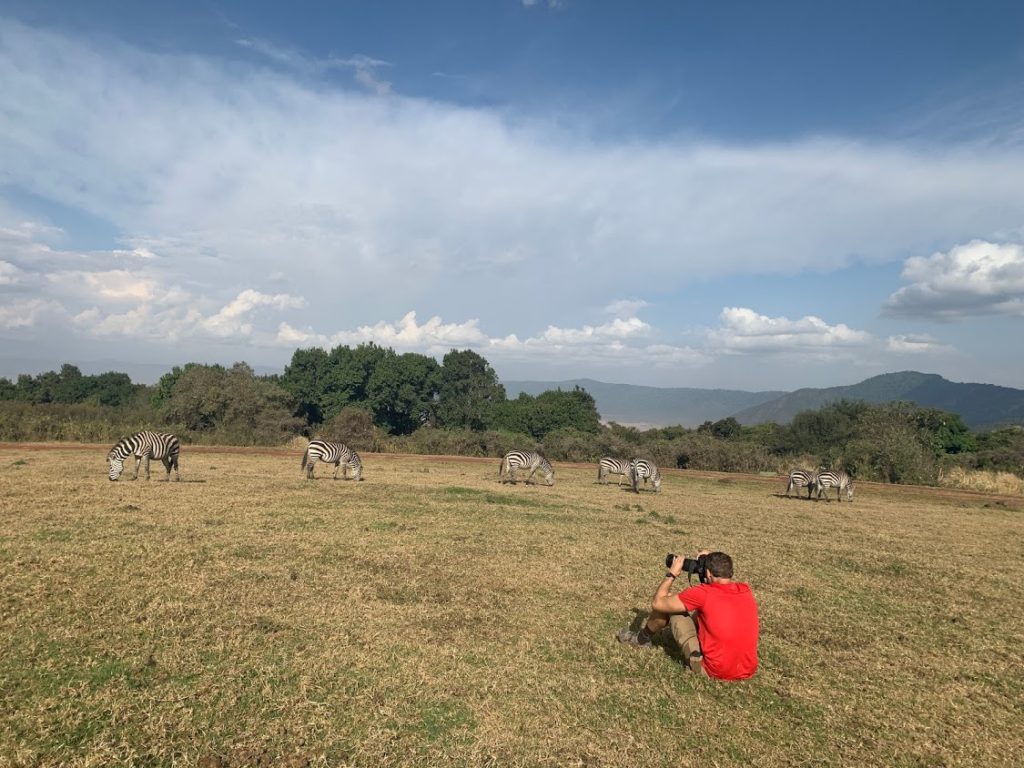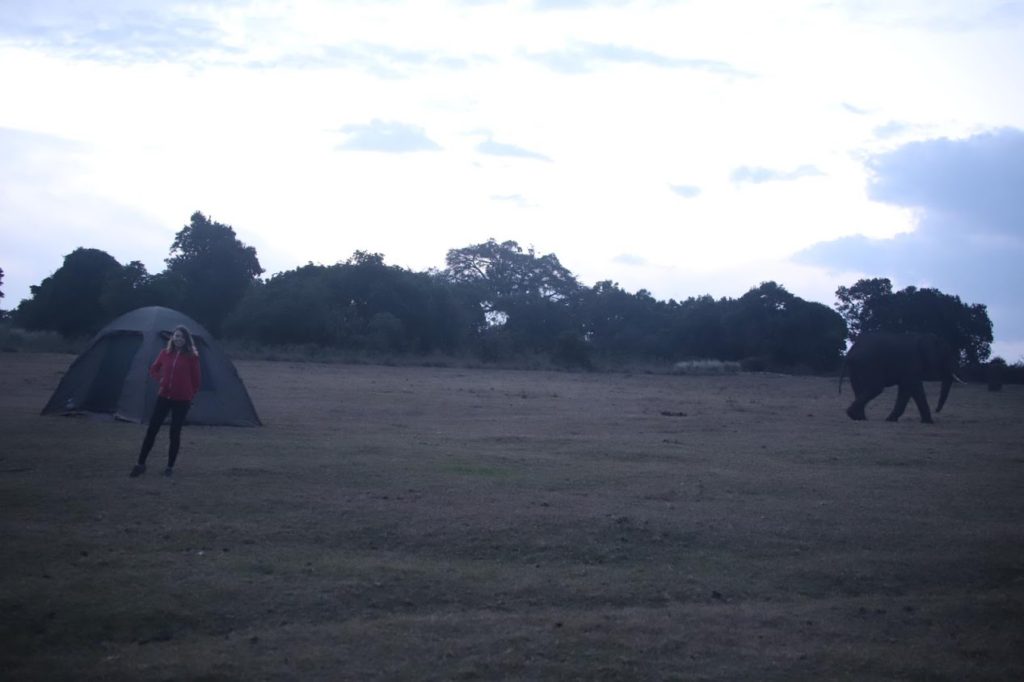When visiting Tanzania there are three main activities to choose from: climbing Kilimanjaro, safari, and Zanzibar. After completing our climb to Kilimanjaro it was time to have some rest and recreation time visiting Tarangire National Park and Ngorongoro National Crater before heading to Zanzibar.
Tarangire National Park
We decided to do two safaris: 3 days at Tarangire National Park and 2 days at Ngorongoro Crater. We heard about Tarangire National Park when talking to our guide back in Kenya, Ronnie when we were there for the Great Migration. Although it is a bit further afield than Lake Manyara National Park, word among the guides in the know is that today more animals have elected to set up stakes there. The main reason the national park attracts so many animals is because of the Tarangire River being the main water source.
The Tarangire National Park is the sixth largest park in Tanzania and is mostly famous because of the biggest elephant population that can be found in the whole of the country. The number of elephants in this park given by guides is 3000+ and we saw many elephants whilst there. Apart from elephants, we also saw giraffes, lions, impalas, jackals, warthogs, and many kinds of birds amongst others.




Ngorongoro Crater
After three days at Tarangire Park it was time to head to Ngorongoro Crater for two days. Ngorongoro Crater has a special history behind it. About two or three million years ago a volcanic mountain exploded in Tanzania that created a crater with an area of 8,300km2. The crater created the perfect environment for animals with everything they need from food to water so never want to leave. Nick had been to the crater once before and remembered the special experience due to the density of animals there. We saw elephants, monkeys, giraffes, buffalos but overall were disappointed with our sightings. A lot of people said in Ngorongoro crater you can see a leopard in a tree, elephant to the right and rhino to your left all in one sighting. I think after our luck throughout our game drives in Kenya that nature was not on our side in Tanzania. We found the sightings a bit frustrating because the way it works in Tanzania is there are specific roads you drive down and never go off road. In Kenya we had been spoilt with close sightings as the guides there go off road (legally or not).

Everyone we spoke to about the Ngorongoro Crater had spoken of the high concentration of animals. I think we were unlucky as it was hot when we were there in September and felt like the animals were hiding from us. Despite not having much luck with the animals there is no denying what makes the Ngorongoro Crater special is its landscape. It looks like your surrounded by a mountain range when driving around. We did have some great sightings though when we got to camp.
For the Ngorongoro Crater we decided to do a budget safari and slept on a camp site without fences or any other barrier in the Ngorongoro Crater. There was a herd of zebras when we arrived already on camp that we decided to chill with the zebras before dinner.

Then as the sun was setting a massive elephant descended onto our camp and walked past our tent. We found the whole thing quite comical and magical and made us realise tonight we would be truly sleeping in the wild.


What was it like sleeping in the wild? We heard a buffalo walking past our tent and apart from that slept like a baby. It depends on the person you ask as some people get freaked out hearing animals right beside their tent but we were fine. If anything sleeping in a tent in the Ngorongoro Crater added to the experience and I will never forget the elephant that casually walked through camp that evening. It was one of the best parts of the trip.